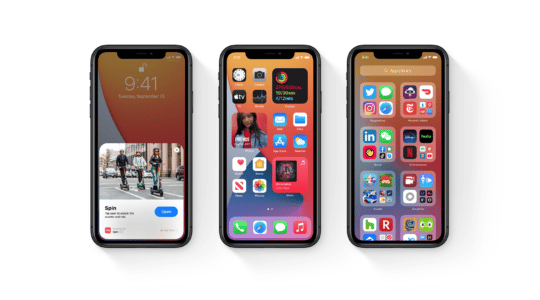This past weekend, Oreo debuted yet another smart campaign, designed to encourage people to look at the snack a little differently. The “Wonderfilled” campaign is a lighthearted look that shows typically dark characters take a turn for the better with a little help from Oreo.
According to Adage, Janda Lukin, Director, Oreo at Mondelez International, Inc. said “It starts with a very simple premise, about how something as small as an Oreo cookie can bring about a positive change in perspective.”
To help promote the campaign, the ad was placed during an episode of AMC’s Mad Men. Lukin said this placement was very intentional, as “We thought about how we could get high impact placement, where there was a very loyal viewership that’s also very engaged in social.” The demographic was also exactly whom Oreo wanted to reach, as “Kids already have a sense of wonder in how they see the world, but adults have to be reminded of that. The stories are going to resonate with different people, but overall, it’s an adult campaign.”
Notably, Oreo also wanted to target other creative advertising types by running the ad during Mad Men, which means that Oreo didn’t want to just create an adult campaign – but a campaign that would get adult advertisers talking about the ad.
But are ads that target other advertisers the best campaign strategy?
During the past year, much of Oreo’s success can be attributed back to buzz built around their creative campaigns. During the Super Bowl, a very smart real time campaign generated discussion for days on not just social media, but also the mainstream media, ultimately reaching consumers who may have never even heard about the brand’s blackout tweet. Agencies that have worked with Oreo have produced similar smart campaigns around same-sex marriage, the Oscars, and more. Of course, all of these other campaigns have also worked because of the press generated around the campaign – not the ad itself.
But are ads that target other advertisers or the media an effective campaign strategy? For Oreo, this has proven to work for its brand. For other brands, this may be a much riskier tactic. Advertisers that target others in the industry are not targeting a demographic that will lead to direct conversion. Instead, these campaigns hope to leverage the target demographic of other advertisers (and/or traditional media) for press about the campaign, which will then reach the true target demographic. For Oreo, this works every time – and there is low risk, as the target demographic for Oreos is quite broad.
For most brands, “everyone” is not a target demographic. It’s difficult to target advertisers who reach your true target demographic and are also likely to write about your ad campaign. This type of campaign strategy is only effective if your ad campaign reaches advertisers and media whose readers are your true target demographic and likely to engage with your campaign.
Author
Becky is the Senior Content Marketing Manager at TUNE. Before TUNE, she handled content strategy and marketing communications at several tech startups in the Bay Area. Becky received her bachelor's degree in English from Wake Forest University. After a decade in San Francisco and Seattle, she has returned home to Charleston, SC, where you can find her strolling through Hampton Park with her pup and enjoying the simple things in life.


[…] is a lighthearted look that shows typically dark characters take a turn for the better with … Read this post » Filed Under: HasOffers […]
I would wager that although the ad sought to appeal to marketing junkies, it can still be appreciated by their non-advertising-minded counterparts. i.e. I have friends who watch Mad Men and are not involved within the ad industry, however might be mothers who love cutsie things or young women who once upon a time had a crush on Adam Young (the vocalist from the commercial who is also known by his alias Owl City) and although they might not have been the chief design influence at the moment of creation, their corresponding demographics were subsequently reached regardless.
Furthermore, isn’t it ironic that I first learned about the advertisement from this article, which would likely never have been written had Oreo chosen a different demographic? 😉
Woah… excellent comment dude!
EXCELLENT 😀